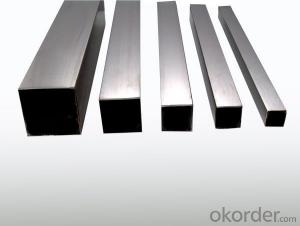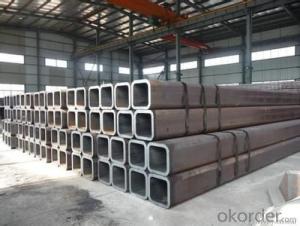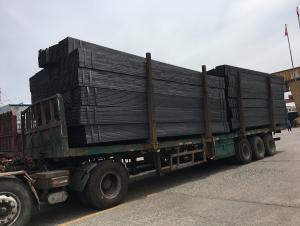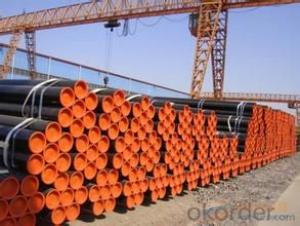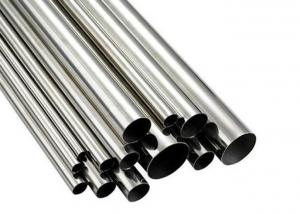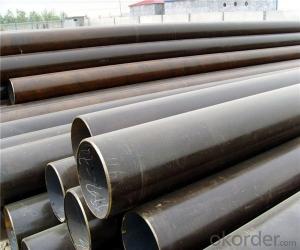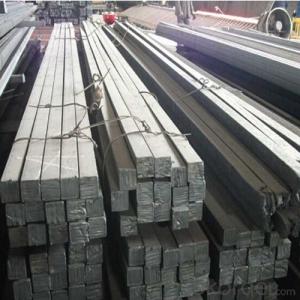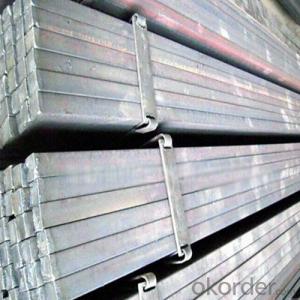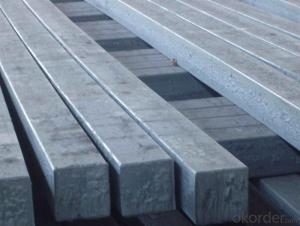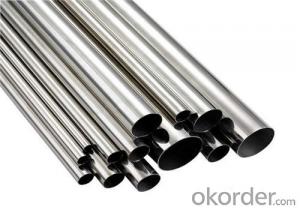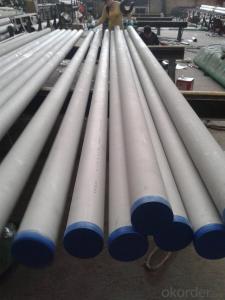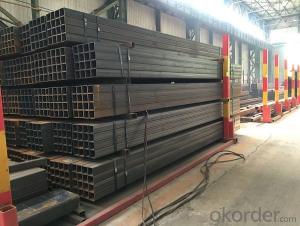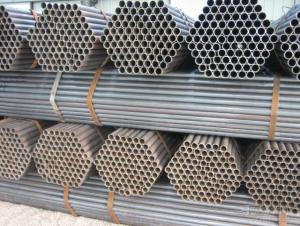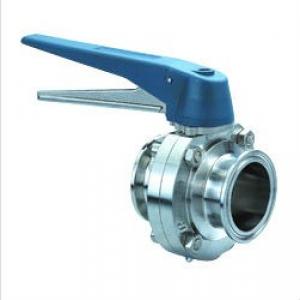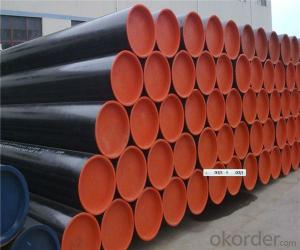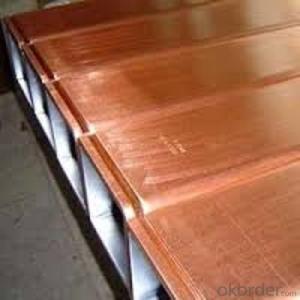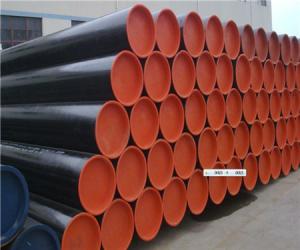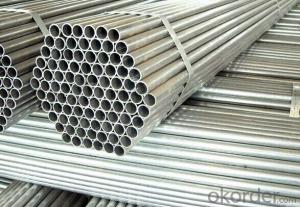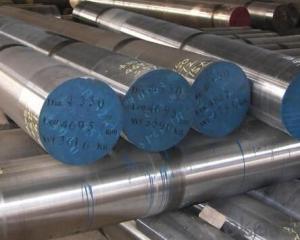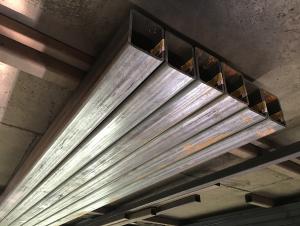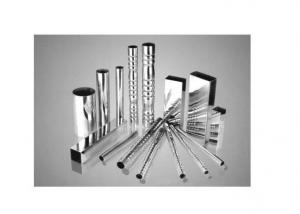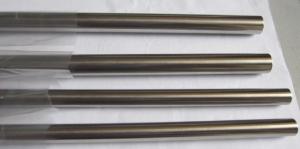Square Stainless Steel Tubing
Square Stainless Steel Tubing Related Searches
Stainless Steel Square Tube Galvanized Steel Square Tubing Stainless Steel Square Seamless Stainless Steel Tubing Stainless Steel Tubeing Stainless Steel Square Bar Stainless Steel Tub Stainless Steel Tubs Flexible Stainless Steel Tubing Stainless Steel Coil Tubing Stainless Steel Tubes Bending Stainless Steel Tubing Stainless Steel Tubing Supplier 1 Stainless Steel Tubing 1 Inch Stainless Steel Tubing Stainless Steel Piping 1 4 Stainless Steel Tubing 1in Stainless Steel Tubing Stainless Steel Beverage Tub 1 2 Stainless Steel Tubing Stainless Steel Tubing Bender 3 4 Stainless Steel Tubing Stainless Steel Tubing Cutter 2 Stainless Steel Tubing Stainless Steel Tubing Sizes Stainless Steel Tap Stainless Steel Threaded Pipe 1 2 Inch Stainless Steel Tubing Stainless Steel Flue Pipe Stainless Steel DrillingSquare Stainless Steel Tubing Supplier & Manufacturer from China
Square Stainless Steel Tubing is a popular choice for various industrial applications due to its durability, corrosion resistance, and aesthetic appeal. This type of tubing is made from high-quality stainless steel, which ensures that it maintains its strength and integrity even in harsh environments. Square Stainless Steel Tubing is widely used in construction, automotive, aerospace, and food processing industries, among others. Its versatility allows it to be utilized in structural support, mechanical components, and decorative purposes.Square Stainless Steel Tubing is an essential component in many industries, where its strength and resistance to corrosion make it a preferred choice for numerous applications. It is particularly useful in environments where traditional materials may succumb to wear and tear or chemical reactions. This makes it an ideal material for applications that require long-lasting and low-maintenance solutions. The square shape of the tubing also provides additional rigidity and stability, making it suitable for load-bearing structures and other demanding applications.
Okorder.com is a leading wholesale supplier of Square Stainless Steel Tubing, offering a vast inventory of this product to cater to the needs of various industries. With a commitment to quality and customer satisfaction, Okorder.com ensures that the Square Stainless Steel Tubing they provide meets the highest standards of performance and reliability. Their extensive inventory allows customers to find the exact specifications and dimensions they require, making it a one-stop solution for all their Square Stainless Steel Tubing needs.
Hot Products


